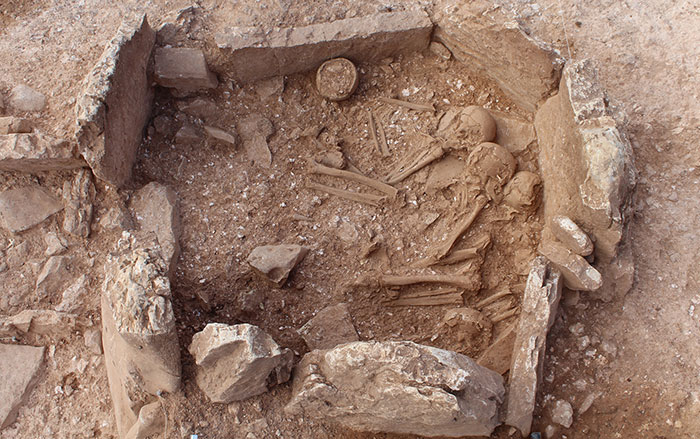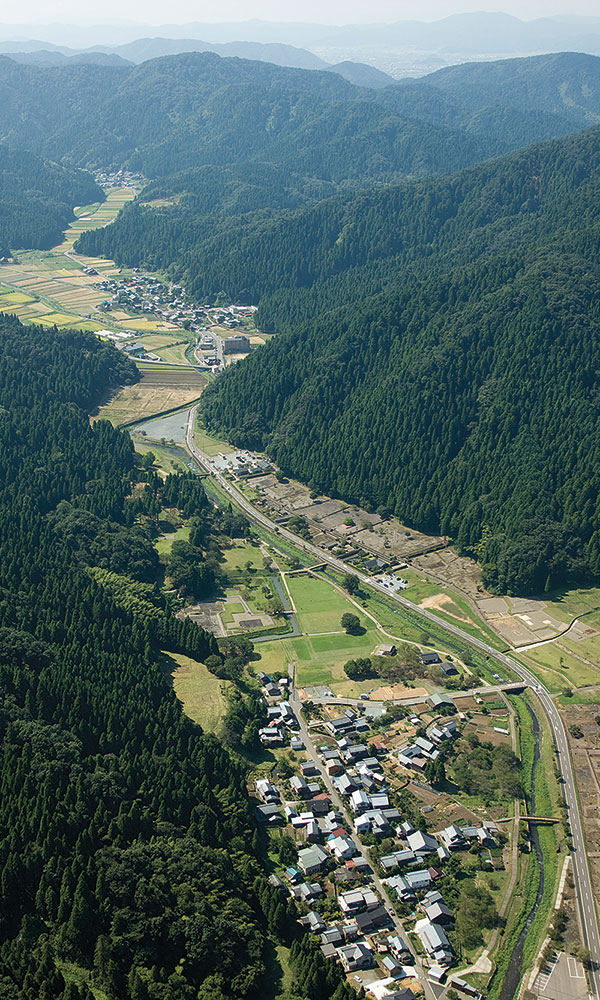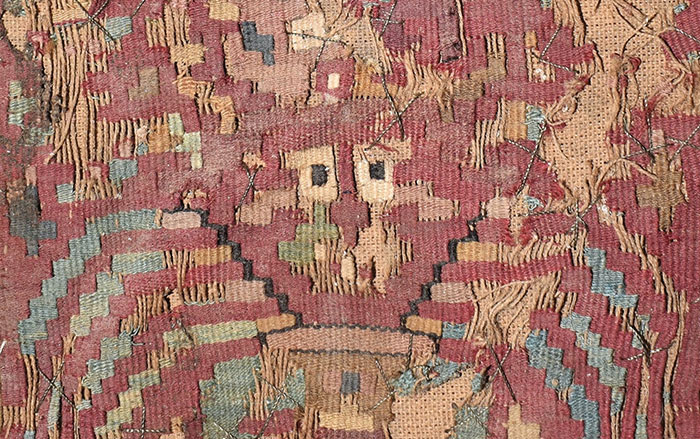
BAY OF BISCAY, SPAIN—Whales, as the largest mammals on Earth, have long been an important resource for human societies, whether it be for food, oil, or other materials. According to a report by Popular Science, hunter-gatherers in present-day Spain and France have been crafting essential tools from whale bones for much longer than previously thought. A new study analyzed 83 bone tools found at sites along the Bay of Biscay and 90 additional bones from the Santa Catalina cave in Spain. The investigation relied on mass spectrometry and radiocarbon dating to determine that humans living in the region have been making whale-bone tools, mostly projectile points, for at least 20,000 years, the earliest known evidence of this behavior. The material was sourced from five different species of whales—sperm, fin, blue, gray, and either bowhead or right. The archaeologists do not believe that Paleolithic people had the capabilities to actively seek out these mammoth creatures on the open water, but instead periodically harvested the carcasses of dead or stranded whales that had washed up along the seashore. Read the original scholarly article about this research in Nature Communications. To read more about Paleolithic people and whales, go to "Whale Barnacle BBQ."












